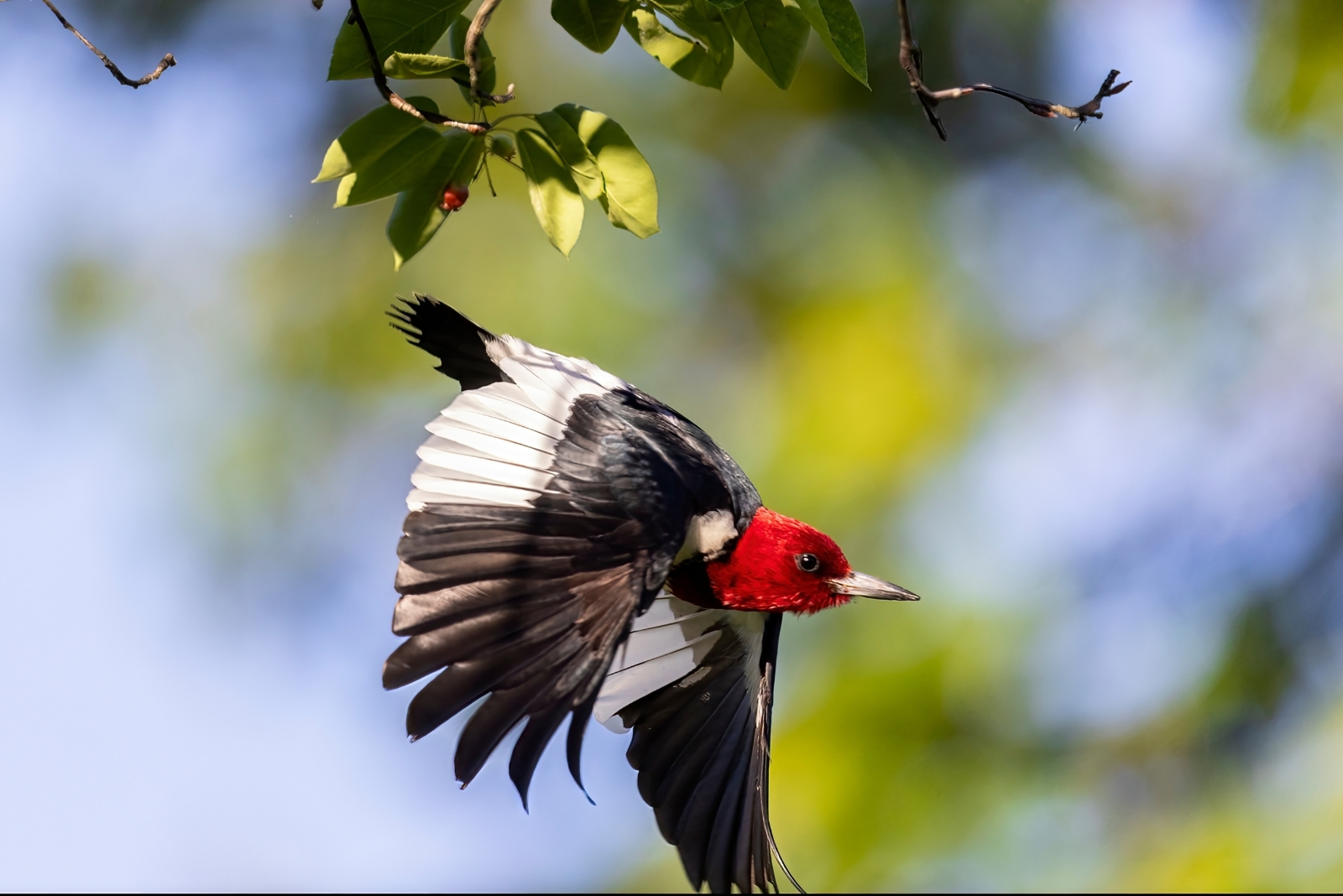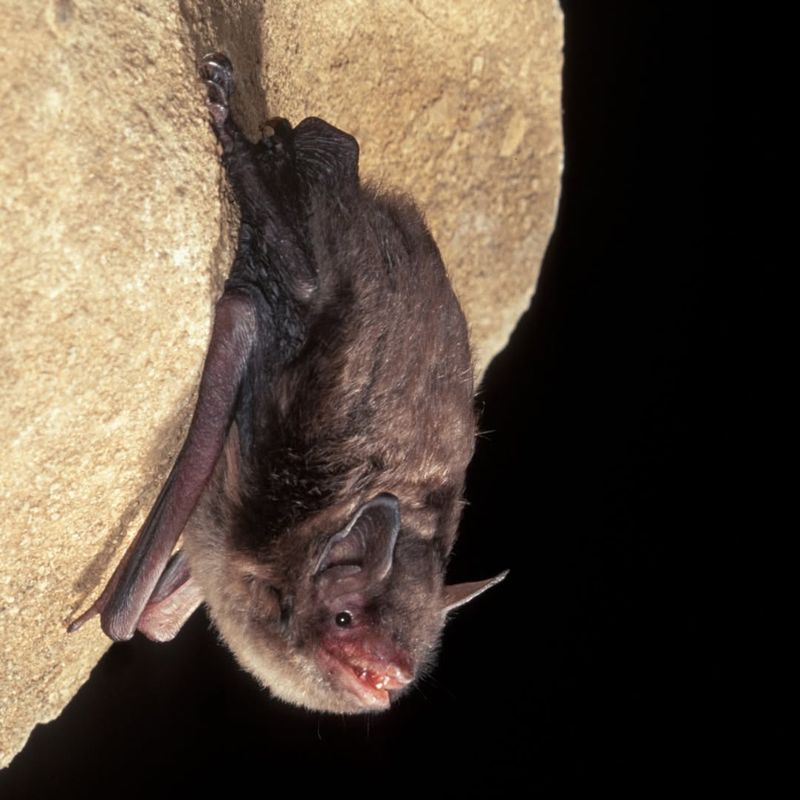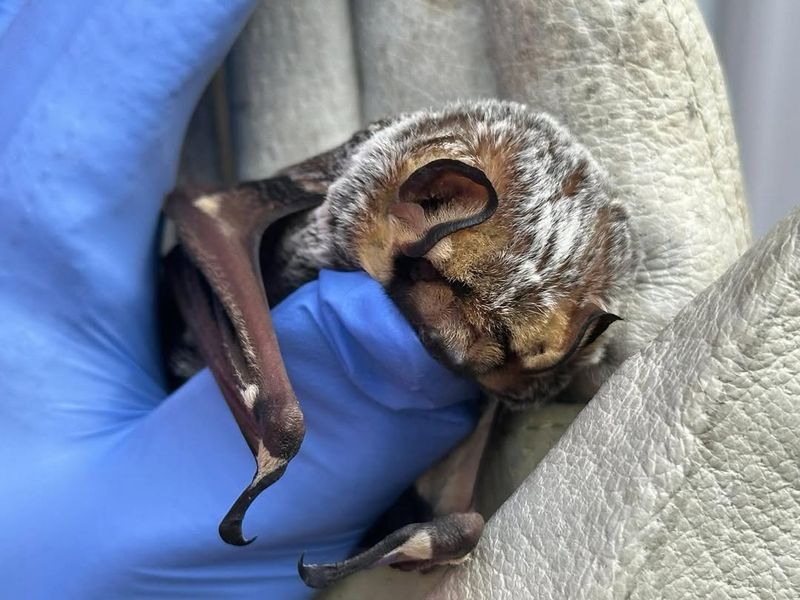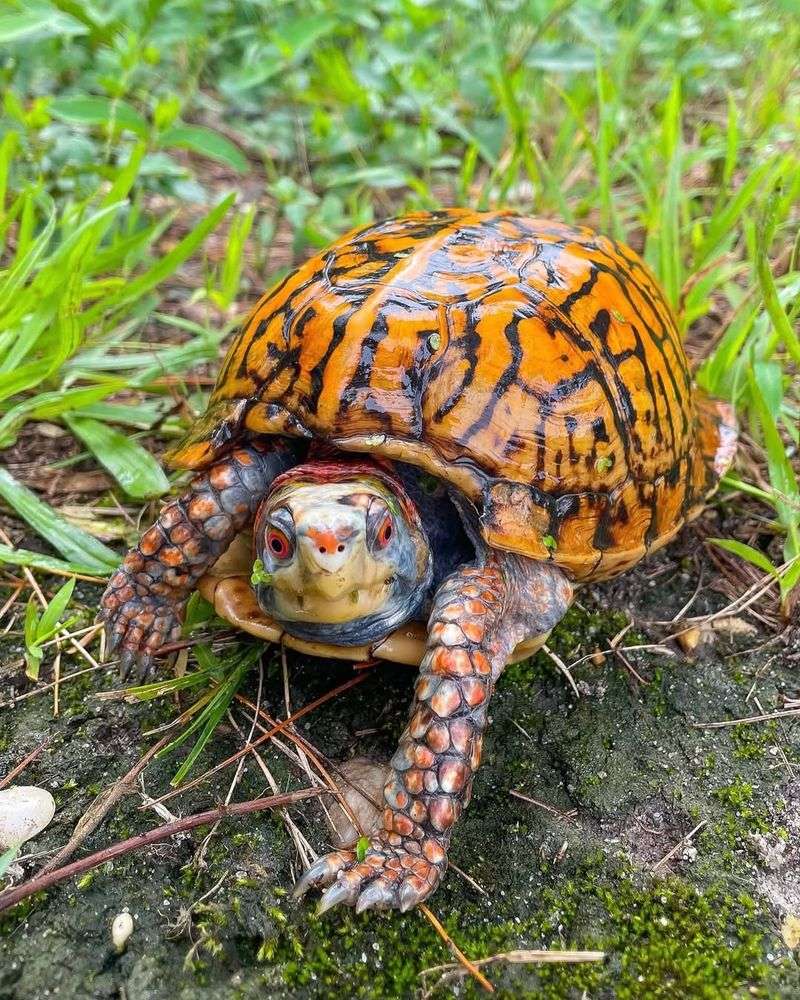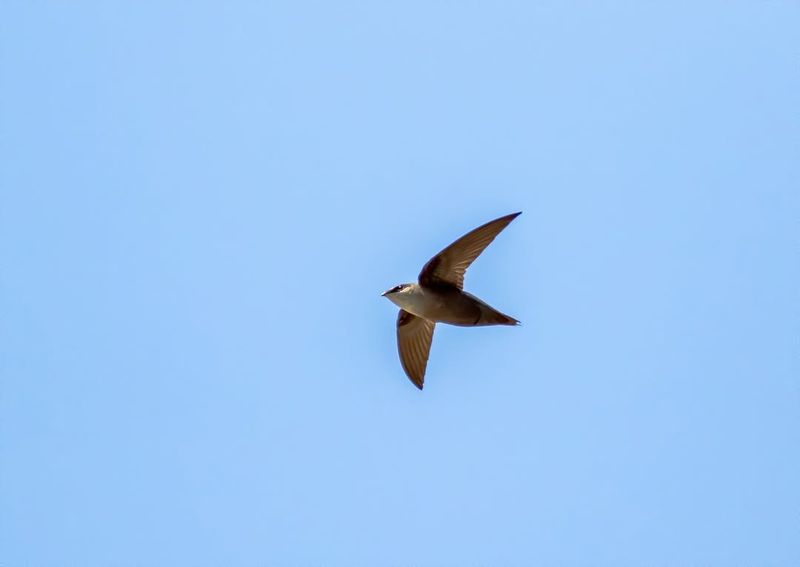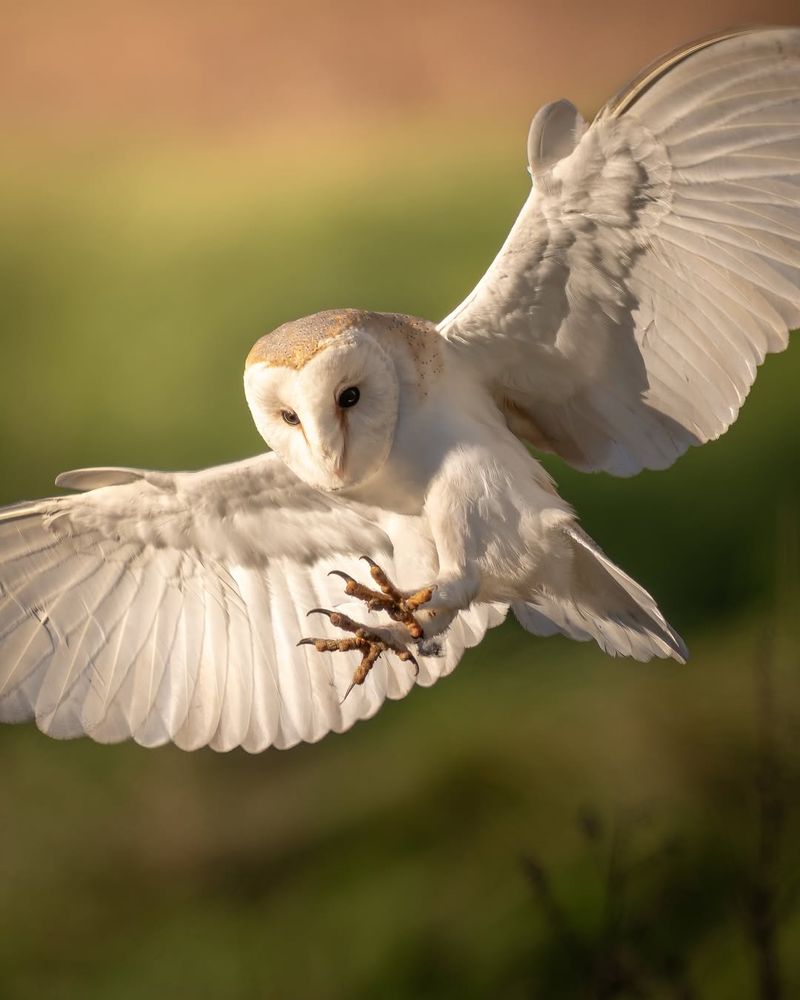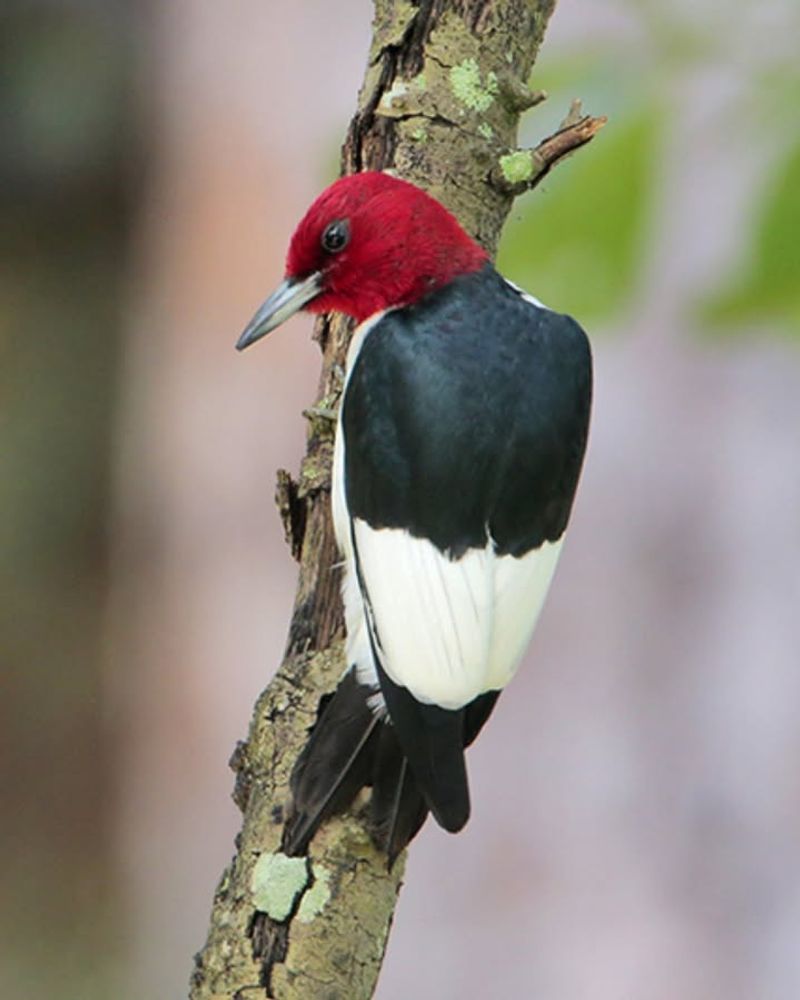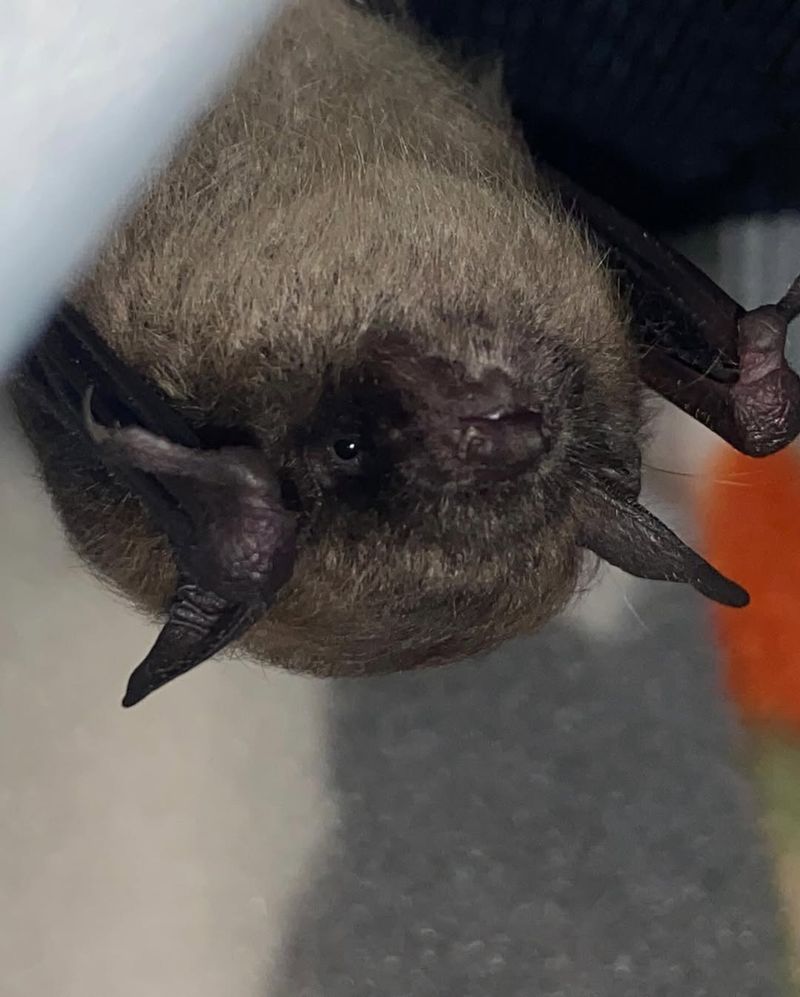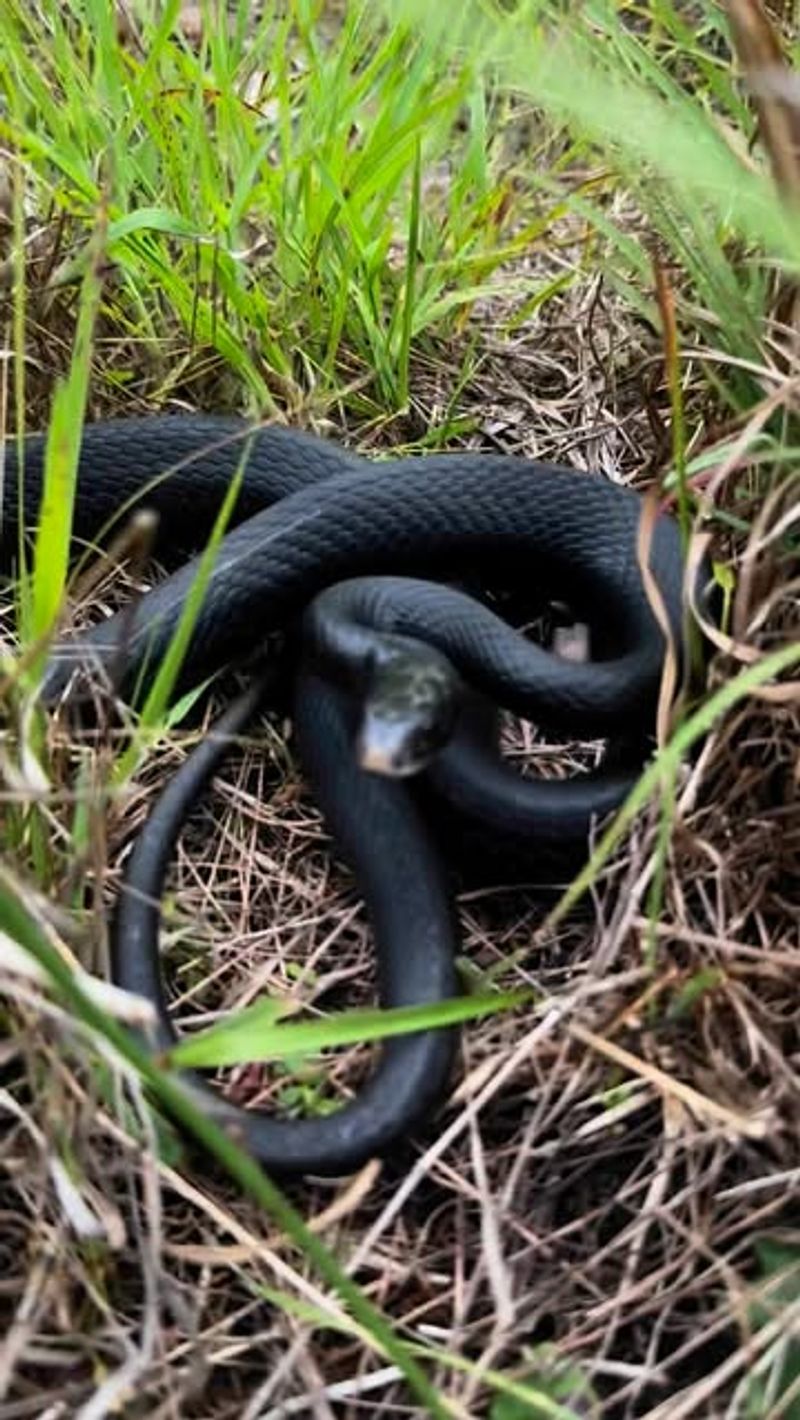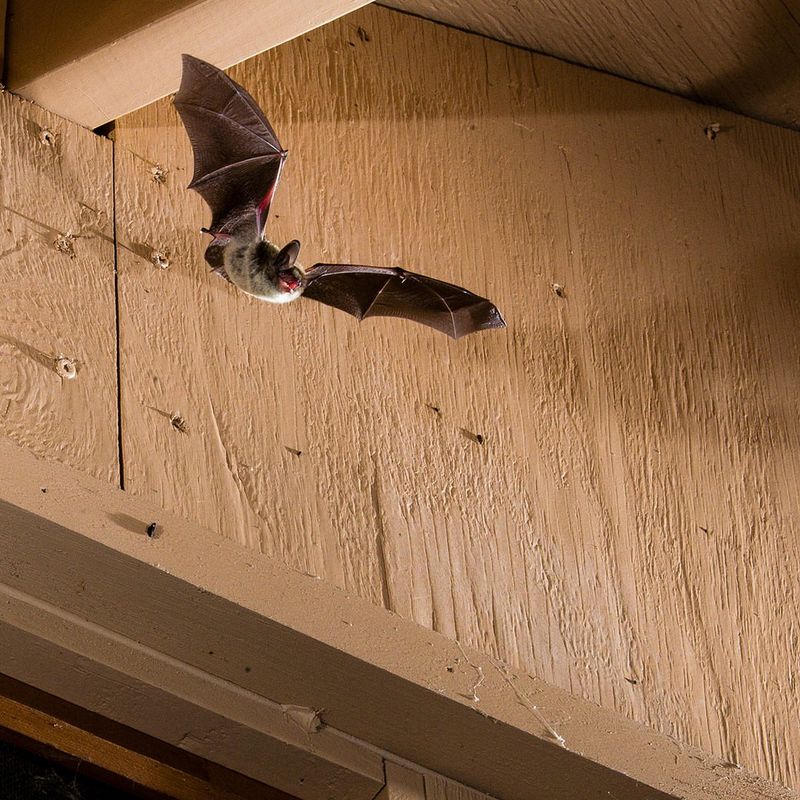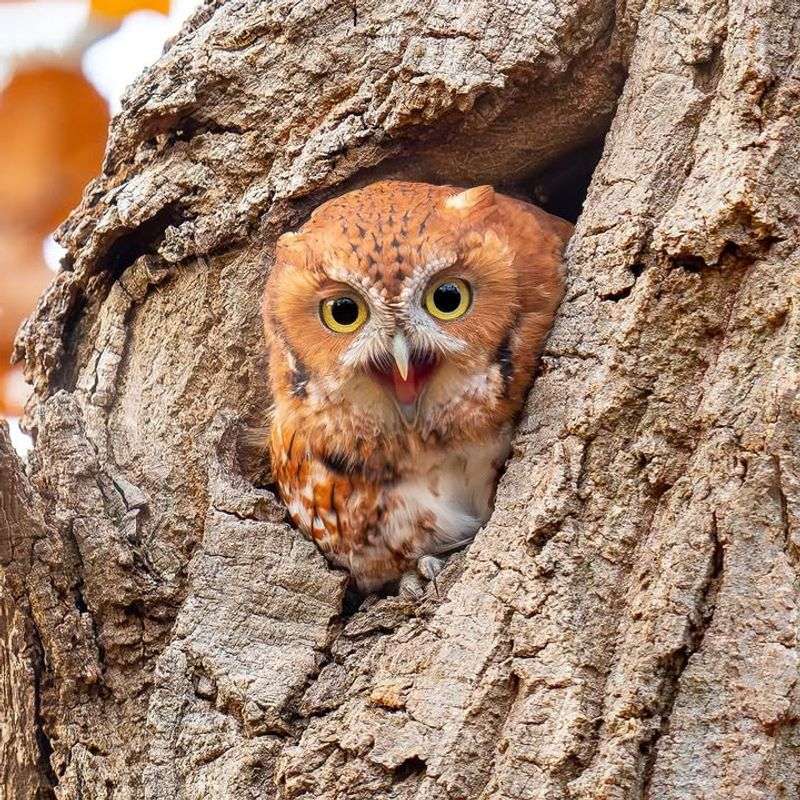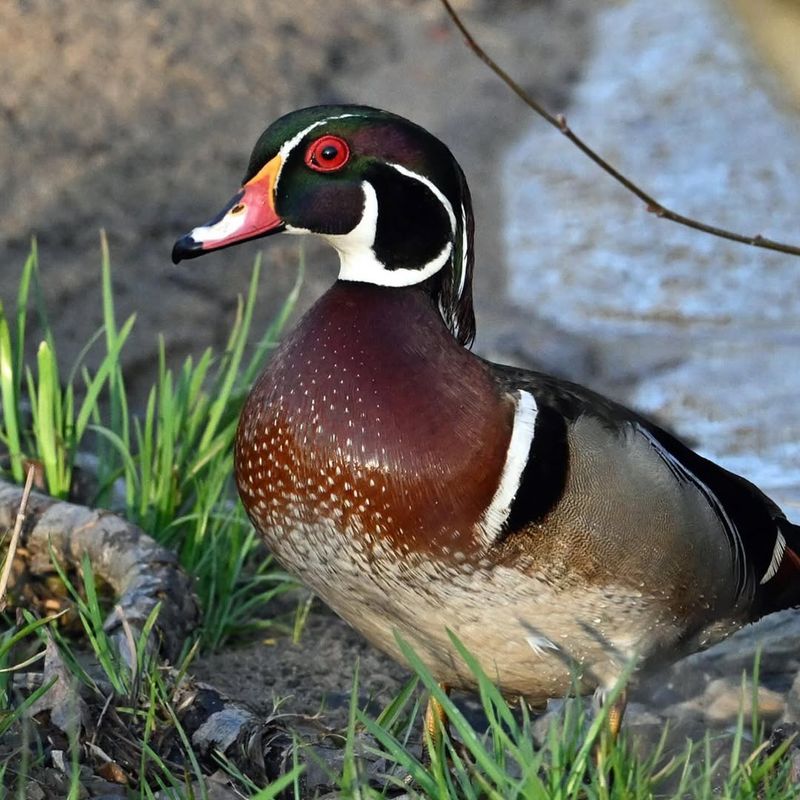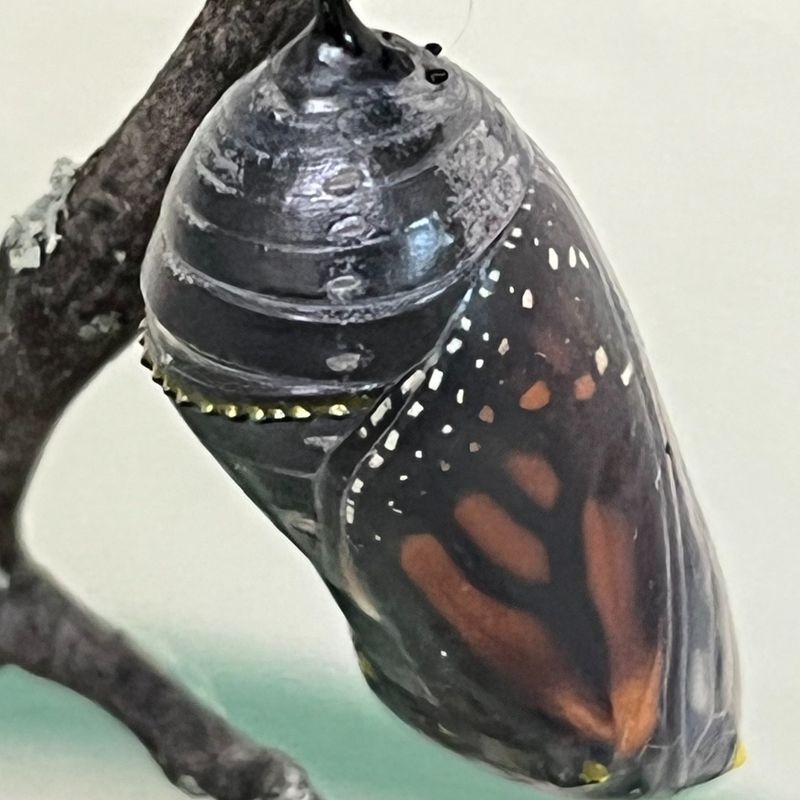Tennessee homes can host some unexpected wildlife, and not all of it can be removed. Some animals are protected, even if they seem like a nuisance.
Knowing the rules keeps you on the right side of the law and helps local wildlife thrive safely. It’s a balance between keeping your home comfortable and respecting nature.
1. Indiana Bat
Spotting a small brown bat in your attic might seem like a nightmare, but if it’s an Indiana bat, you’re legally required to leave it alone. This endangered species is protected under federal law, and harming one in Tennessee could result in hefty fines.
These bats hibernate in caves during winter and sometimes find their way into homes seeking shelter. If you discover one, contact a wildlife professional who specializes in protected species.
They’ll help you find legal solutions that keep both you and the bat safe.
2. Gray Bat
With wings that span nearly a foot, the gray bat is another federally protected resident you might encounter in Tennessee. These creatures exclusively roost in caves but occasionally venture into barns or old buildings.
Removing them yourself is illegal and can lead to serious penalties. Tennessee takes protecting these endangered mammals very seriously because their populations have declined dramatically over the years.
Professional wildlife services can assess your situation and provide humane exclusion methods once the bats leave naturally during migration season.
3. Eastern Box Turtle
Imagine finding a colorful turtle wandering through your Tennessee basement—it happens more often than you’d think! Eastern box turtles are protected by state law, meaning you can’t capture, relocate, or keep them as pets.
These slow-moving reptiles often wander into garages or crawl spaces while searching for food or shelter. Your best option is gently guiding them back outside to their natural habitat without touching them too much.
Tennessee’s laws exist because these turtles face habitat loss and population decline throughout the state.
4. Chimney Swift
Did you know those chattering sounds coming from your chimney might be legally protected birds? Chimney swifts use Tennessee chimneys as nesting sites during spring and summer, and federal law prohibits disturbing their nests.
These acrobatic flyers can’t perch on branches, so they cling to vertical surfaces inside chimneys instead. Once they’ve set up shop, you’ll need to wait until the babies fledge before installing a chimney cap.
Most Tennessee residents find their presence charming once they understand these birds eat thousands of insects daily.
5. Barn Owl
A ghostly white face peering at you from your Tennessee barn might give you a fright, but barn owls are protected under state regulations. These silent hunters help control rodent populations, making them beneficial neighbors despite the occasional mess.
Removing active nests is illegal, and you’ll need special permits to relocate them. Many Tennessee homeowners actually install owl boxes to encourage these birds to stay nearby but outside living spaces.
Their eerie screeches at night are just their way of communicating with family members.
6. Red-Headed Woodpecker
That rhythmic pecking on your Tennessee home’s siding might be coming from a red-headed woodpecker, a species protected by the Migratory Bird Treaty Act. While the damage can be frustrating, harming these birds or destroying their nests brings legal consequences.
They’re attracted to wood-sided homes because they mistake them for dead trees where insects hide. Installing reflective tape or providing alternative nesting sites can discourage them without breaking the law.
Tennessee wildlife officials recommend waiting until nesting season ends before making repairs to damaged areas.
7. Little Brown Bat
Finding a colony of little brown bats in your Tennessee attic is more common than you might expect. These tiny mammals are protected due to white-nose syndrome, a deadly fungal disease that’s devastated their populations.
Tennessee law requires special handling procedures, and only licensed professionals can perform bat exclusions during specific times of year. Mothers raise their young in attics during summer, making spring and fall the only legal removal periods.
These bats consume thousands of mosquitoes nightly, providing valuable pest control services to Tennessee communities.
8. Racer Snake
A sleek black snake zipping through your Tennessee home might startle you, but racer snakes are protected non-venomous species. They’re actually beneficial because they eat rodents, insects, and other pests that could damage your property.
Tennessee regulations prohibit killing or capturing many native snake species without proper permits. If you find one indoors, opening doors and windows usually encourages them to leave on their own.
Most Tennessee residents learn to appreciate these quick reptiles once they realize how many mice and rats they eliminate naturally.
9. Northern Long-Eared Bat
Those distinctive long ears poking out from your Tennessee eaves belong to another federally threatened species you can’t legally disturb. Northern long-eared bats face extinction threats from habitat loss and disease.
Removing them without proper authorization violates the Endangered Species Act and carries substantial fines. These bats prefer roosting under bark or in small cavities but sometimes choose homes when natural options are scarce.
Tennessee wildlife experts can help you implement exclusion devices that allow bats to leave but prevent re-entry once babies are old enough to fly.
10. Eastern Screech Owl
Hearing haunting trills coming from your Tennessee attic vent at night? You might be hosting an eastern screech owl, a protected species under federal migratory bird laws.
These small owls are only about eight inches tall but have big personalities and loud voices. They nest in cavities and sometimes mistake attic vents or decorative openings for perfect homes. Disturbing their nests during breeding season is illegal throughout Tennessee.
Installing proper screening after they leave naturally is the only legal way to prevent future occupancy without violating wildlife protection statutes.
11. Wood Duck
Spotting a brilliantly colored wood duck waddling through your Tennessee yard or even into an open garage isn’t as unusual as it sounds. These waterfowl are protected under migratory bird treaties and state regulations.
They nest in tree cavities near water but sometimes explore nearby properties while searching for suitable sites. Tennessee homeowners can’t capture or relocate them, even if they seem lost or confused.
Simply giving them space and clear exit routes usually solves the problem, and they’ll return to appropriate wetland habitats on their own schedule.
12. Monarch Butterfly Chrysalis
Finding a jade-green chrysalis with golden dots attached to your Tennessee porch might seem insignificant, but monarch butterflies are protected in many situations. While not federally listed, Tennessee encourages their protection due to dramatic population declines.
Removing milkweed plants or chrysalises from your property during migration season goes against state conservation efforts. These incredible insects travel thousands of miles, and Tennessee serves as a critical stopover point.
Most homeowners feel honored to host these beautiful creatures for the few weeks needed to complete their transformation into butterflies.

